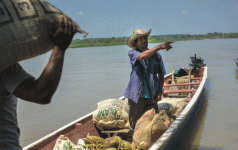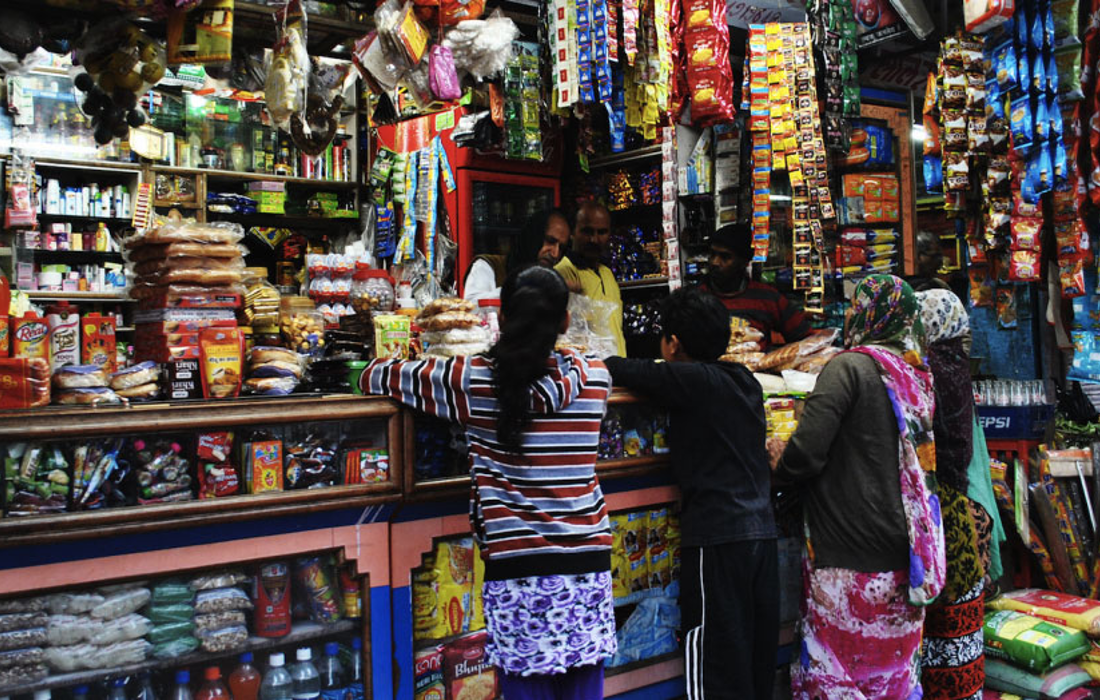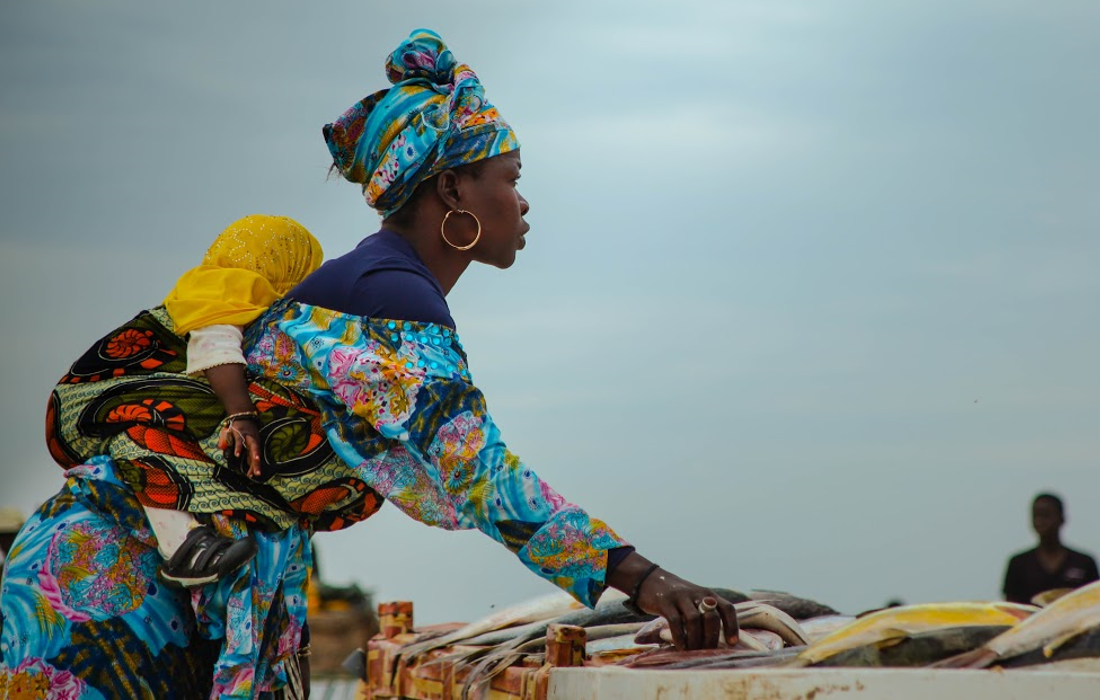Dalberg uses cookies and related technologies to improve the way the site functions. A cookie is a text file that is stored on your device. We use these text files for functionality such as to analyze our traffic or to personalize content. You can easily control how we use cookies on your device by adjusting the settings below, and you may also change those settings at any time by visiting our privacy policy page.
Originally published in The Guardian.
Making the world a better place – noble in theory, but expensive in practice and ambitious to sustain.
Financing the United Nations’ sustainable development goals (SDGs), for example, will require more than the combined GDP of Africa’s 30 biggest economies in additional funds every year. A big ask – so where should the money come from? Given that the funding needed is nearly 20 times last year’s official international aid flows, it’s safe to say that more aid from international donors cannot continue to be the primary focus.
So what if we tapped into the considerable resources of the developing countries themselves? Often overlooked, these countries’ tax revenues, natural resource revenues, private domestic savings, pension funds, private equity markets, stock markets, and remittances, taken together, are significantly larger than aid flows – and are growing rapidly. If harnessed to finance development, these resources could enormously accelerate the rate at which the SDGs are achieved.
Take sub-Saharan Africa. As a conservative estimate, at least 20-30% of the $2.6tn (£1.7tn) funding gap will be needed in this region alone. This is a massive amount – but our estimates show that sub-Saharan Africa can get part of the way there, and unlock approximately $90bn for development per year, with just four actions: lowering the cost of remittances and using them as collateral for loans, banking more of the unbanked, and unlocking pension funds for investment in private equity. Taken together the four suggestions illustrate a broader point: what if the way we fund development propelled development itself?
LOWER THE COST OF REMITTANCES
Remittances to sub-Saharan Africa support families and even some nations as a dominant source of GDP. But the cost of sending money to the region is the highest in the world, with fees upwards of 10% taken directly from the money people want to transfer abroad.
Recognising this, the World Bank’s 5×5 Objective aims to reduce the global average cost of remittances to 5%, which is expected to increase remittances to developing countries by roughly $16bn every year. If sub-Saharan Africa could do the same, remittances would increase by $4bn per year and provide an immediate infusion into the economy.
Lack of competition on the sending side keeps prices high, but positive incentives can spur innovation, such as the Limbo Prizecurrently under consideration by the Canadian government to reward companies that help bring down remittance costs.
USE REMITTANCES AS COLLATERAL FOR LOANS
Since remittance flows are relatively stable over time, the risk of them fluctuating significantly or disappearing is low. This makes remittances reliable sources of collateral for countries; having reliable sources of collateral, in turn, makes it easier and cheaper to secure loans.
This isn’t a new idea. In 1996, a development bank in Ghana used future remittances as collateral to secure a $40m loan from the African Export-Import Bank. Since 2000, countries have raised approximately $15bn in external debt through remittance securitisation. Sub-Saharan Africa has yet to capitalise on this opportunity, but if it does we estimate that $4bn could be raised.
Securitising remittances, which represent a hard-currency asset, is a lesser-known concept – so simply getting this idea on the agenda and developing better information about the scale and reliability of remittance flows could help spur both the public and private sectors into action.
BANK THE UNBANKED
We need to bank 50% of the income of the currently unbanked. Our estimates show that around $104bn of African incomes currently flow outside the formal banking system annually, either because people have never had a bank account or they do not know or trust how to use one.
Drawing only half of these incomes into banks would boost total deposits by around $52bn per year. Banks would then have more capital available to lend, typically at a lower cost, to help unlock much-needed financing for small and medium enterprises.
To make this work, banks need to meet customers where they are using mobile technology and developing stronger agency banking models. It’s been done before: in Tanzania, new mobile banking services helped raise the number of adults with access to financial services from 27% in 2009 to over 50% in 2014.
CAPITALISE ON PENSION FUNDS
Pension funds in Africa are expected to more than double, to over $620bn by 2020, thanks to the continent’s growing formal workforce and expanding economies. Pension funds represent a significant but underappreciated opportunity for investment.
Only about 1% of pension funds is currently invested in private equity, despite regulation permitting as much as 10% in Rwanda and Kenya. Private equity can play a key role in providing growing businesses with expansion capital and support before they are ready to be publicly listed, so harnessing these funds could significantly stimulate new business growth.
Instead, development finance institutions and international investors currently dominate private equity in Africa, ensuring that a significant portion of any returns from growth has to be repatriated instead of helping build their domestic economy. Investing pension funds in private equity alone could yield roughly $29bn of additional funds to help promising enterprises get to scale.
This could jumpstart a multiplier effect: private equity driving investment in productive goods and services, and these investments funnelling more income back into the domestic economy. Private equity is still relatively new concept in sub-Saharan Africa, so pension fund managers and regulators need to engage more closely with private equity firms to build capacity on how and when to use private equity.
If undertaken together, these four actions would produce a cycle in which each component stimulates the next to generate more returns – and additional development gains. To take just one example: increased remittances would encourage the receiver to go to a formal bank and reap the benefits of financial inclusion. More bank deposits then mean more funds available for investment in the formal economy. More bank accounts, meanwhile, help individuals take advantage of newer, lower-cost remittance services.
Sub-Saharan Africa’s governments must recognise the enormous potential of these pools of capital, and make moves to harness them as a primary means of funding development. It is a process that could itself become development’s most powerful driver.











